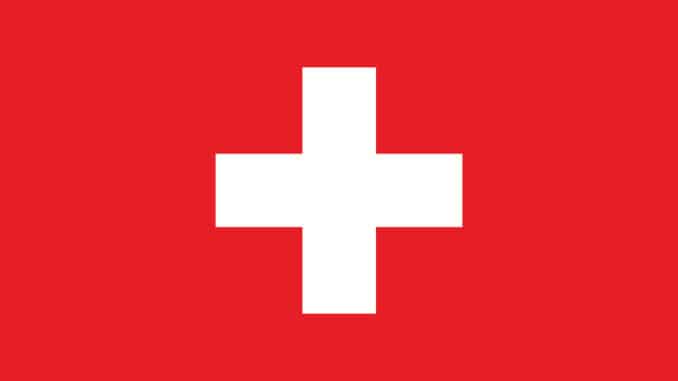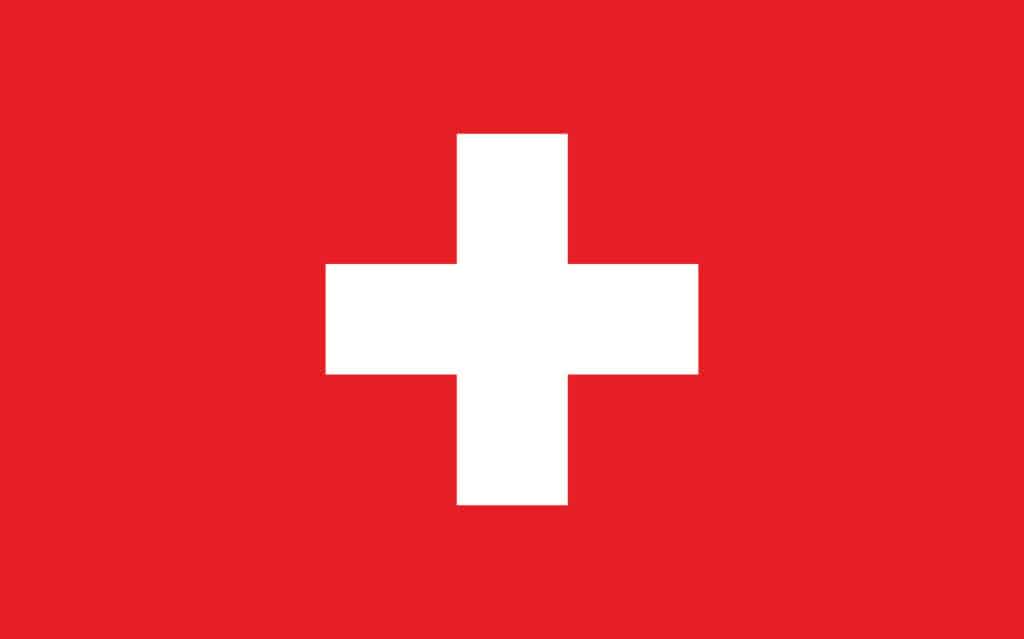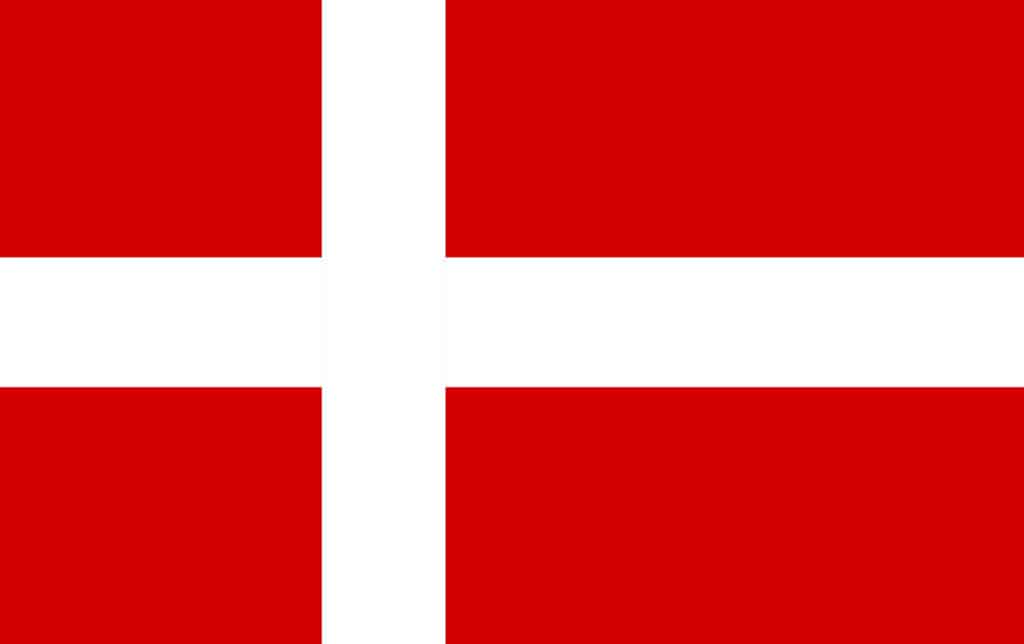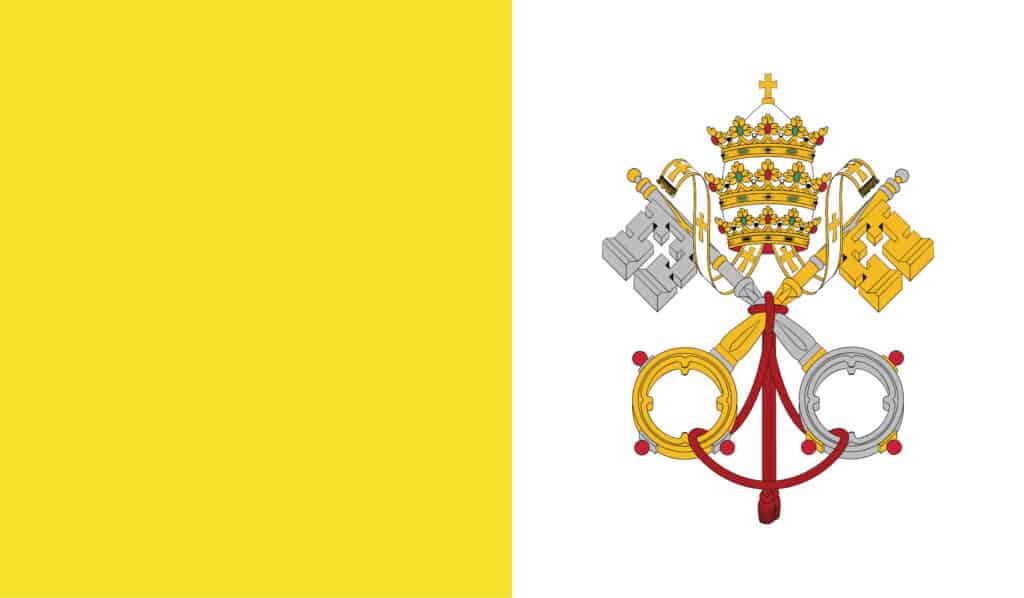
The cross is one of the most common symbols worldwide. It has been used for centuries to represent Christianity, and it is now one of the most recognizable symbols in the world. The cross is not only a religious symbol, but it also has been used as a symbol of power and authority. So which country has a red flag with white cross?
Switzerland and Denmark are two countries that have a red flag with a white cross. The Swiss flag is very recognizable with its square shape, bright red color, and large white cross directly in its center. The flag of Denmark has a variation of the cross, using a white Nordic cross in its design.
If you want to know more about either of these flags, keep reading! In the rest of this article, I’ll go over the specifics of each flag, common misconceptions or misidentifications of these flags, and a brief history of flag symbolism.
The Swiss Flag

The Swiss flag is a red flag with a white cross in the center. The colors of the Swiss flag are derived from the coat of arms of Switzerland. The Swiss flag is known as “the Swiss cross” or “the Swiss coat of arms”. The flag is also unique for its square shape, as nearly all other national flags are rectangular in shape.
History of the Swiss Flag
The flag of Switzerland was first used in 1339, making it one of the oldest national flags in the world. It was originally used as a battlefield sign by Swiss confederate troops in the 1300s. However, Switzerland later pledged eternal neutrality nearly 200 years later, when the flag fell out of use for centuries due to a lack of military campaigns.
The Swiss flag in its current form was reintroduced in 1848 when Switzerland officially became a sovereign state. However, it did not become the official national flag of Switzerland until 1959.
Why is the flag square? Well, when the flag was first created for the Swiss Confederacy, the military coat of arms was square-shaped. The iconic flag shape has remained since then, carrying with it hundreds of years of Swiss history.
Symbolism of the Swiss Flag
The colors of the Swiss flag come from the Swiss Confederacy coat of arms. Its simple design makes it easily recognizable and gives it a distinct meaning without the use of intricate symbols.
The Swiss national flag has historically represented freedom, honor, and loyalty but has also come to represent more modern values of neutrality, democracy and peace. This change is largely due to Switzerland’s long-standing policy of neutrality.
The Danish Flag

The flag of Denmark is a red flag with a white cross that extends to the edges of the flag. The flag is rectangular with a ratio of 3:5. The colors are derived from the coat of arms of Denmark, which has been used since the late 13th century, consisting of three gold crowns on a red background.
History of the Danish Flag
The Danish flag was adopted on June 15, 1948, after the Constitution of Denmark was signed, but the Dannebrog (Danish for “Danish cloth”) is a Nordic Christian symbol that has been used since Viking times in Scandinavian countries, and it is especially associated with the Danish people. It has been used as a national symbol for centuries and has become associated with Danish patriotism, tradition, honor, and valor.
Symbolism of the Danish Flag
The red represents the blood spilled by Danes on the battlefields and in defense of their country, while the white represents peace. The Nordic cross was originally a Christian symbol and was used by Danish crusaders during the Middle Ages. Nowadays, the flag is sometimes flown in the left-hand corner of the masthead of Nordic Christian churches.
What does the Red Cross have to do with the Swiss flag?
The traditional flag representing the Red Cross is an inverted Swiss flag: a red cross before a square white background. But does this have anything to do with Switzerland?
Yes! The Red Cross flag does have roots in Switzerland. The Red Cross flag was created in 1863 by Henri Dunant, a Swiss businessman and social activist.
In 1859, Dunant witnessed the aftermath of the Battle of Solferino and was shocked by the lack of care given to casualties. He had a vision that an international society should provide protection and assistance to those wounded in war.
Dunant’s idea led him to create a new organization called “The International Committee for Relief to Wounded Soldiers.” The committee’s symbol was a red cross on a white background. This became known as the Red Cross flag.
In the modern day, the organization persists. The International Red Cross provides humanitarian aid in response to human suffering anywhere in the world.
Is Switzerland the only country with a square flag?
There are only official square flags currently in use: the flag of Switzerland and the flag of Vatican City. Like the Swiss flag, the Vatican City flag is square to represent the military coat of arms.
The Vatican City Flag

The Vatican flag is modeled on the traditional papal heraldic flag or “papal standard”. It comprises two vertical bands colored white and yellow with the tiara and crossed keys of Saint Peter beneath a triple crown.
The tiara commemorates the sovereign status of the Pope as head of state in Vatican City. The keys represent Saint Peter, who is often depicted holding one key in his hand while the other is tucked into his belt. The three levels of crowns refer to Christ’s threefold power as a spiritual leader, king, and judge.
The colors on the flag represent different things:
- Blue stands for peace because it was believed that there would be peace on Earth when Jesus reigns from Jerusalem
- White stands for purity and innocence
- Red stands for love and charity
- Gold stands for glory, which is given to Jesus Christ as King of Kings
